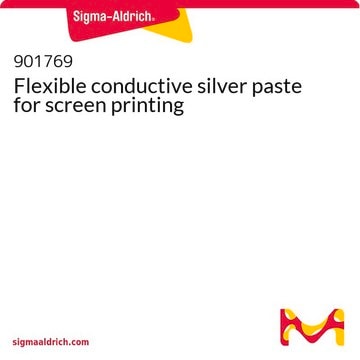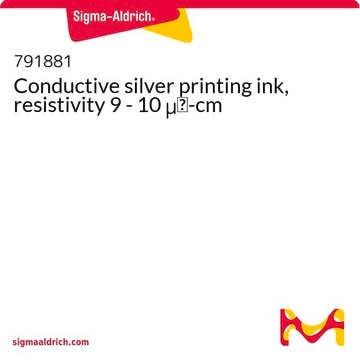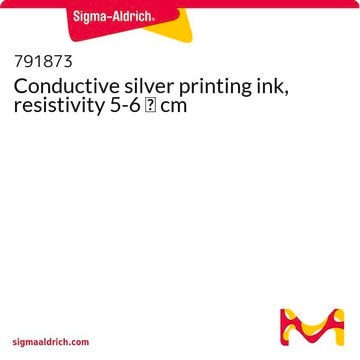Kluczowe dokumenty
GF60070856
Silver
insulated wire, 5m, conductor diameter 0.25mm, insulation thickness 0.023mm, polyester insulation, 99.99%
Synonim(y):
Silver, AG005850
About This Item
Polecane produkty
Próba
99.99%
Formularz
wire
producent / nazwa handlowa
Goodfellow 600-708-56
rezystywność
1.59 μΩ-cm, 20°C
dł. × śr. × grubość
5 m × 0.25 mm × 0.023 mm
bp
2212 °C (lit.)
mp
960 °C (lit.)
gęstość
10.49 g/cm3 (lit.)
ciąg SMILES
[Ag]
InChI
1S/Ag
Klucz InChI
BQCADISMDOOEFD-UHFFFAOYSA-N
Opis ogólny
Informacje prawne
Kod klasy składowania
13 - Non Combustible Solids
Klasa zagrożenia wodnego (WGK)
WGK 3
Temperatura zapłonu (°F)
Not applicable
Temperatura zapłonu (°C)
Not applicable
Wybierz jedną z najnowszych wersji:
Certyfikaty analizy (CoA)
It looks like we've run into a problem, but you can still download Certificates of Analysis from our Dokumenty section.
Proszę o kontakt, jeśli potrzebna jest pomoc Obsługa Klienta
Masz już ten produkt?
Dokumenty związane z niedawno zakupionymi produktami zostały zamieszczone w Bibliotece dokumentów.
Nasz zespół naukowców ma doświadczenie we wszystkich obszarach badań, w tym w naukach przyrodniczych, materiałoznawstwie, syntezie chemicznej, chromatografii, analityce i wielu innych dziedzinach.
Skontaktuj się z zespołem ds. pomocy technicznej







